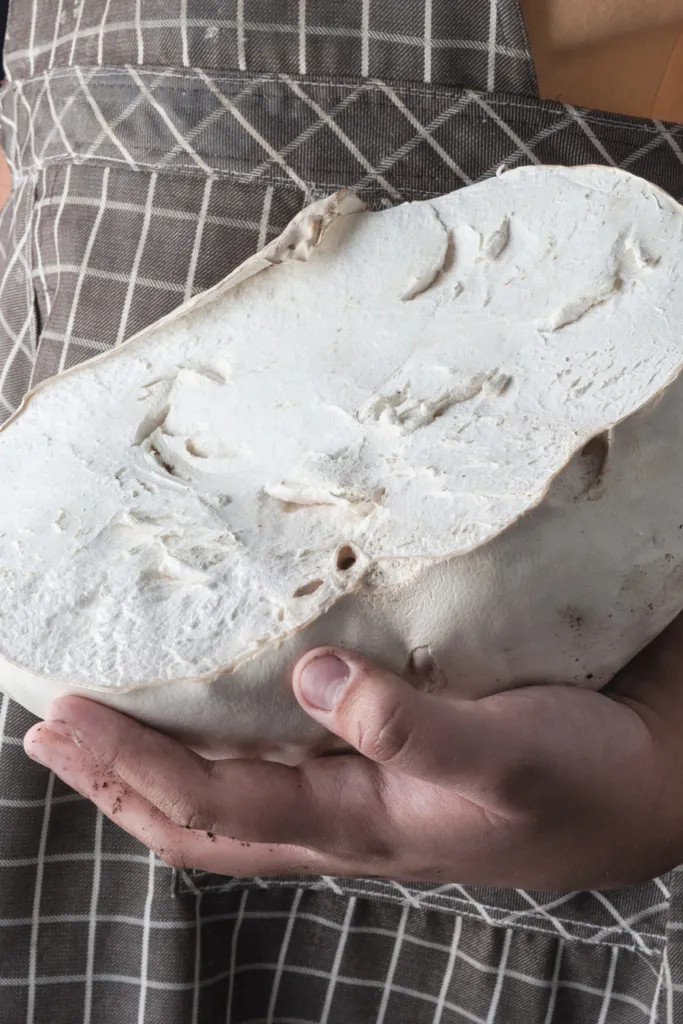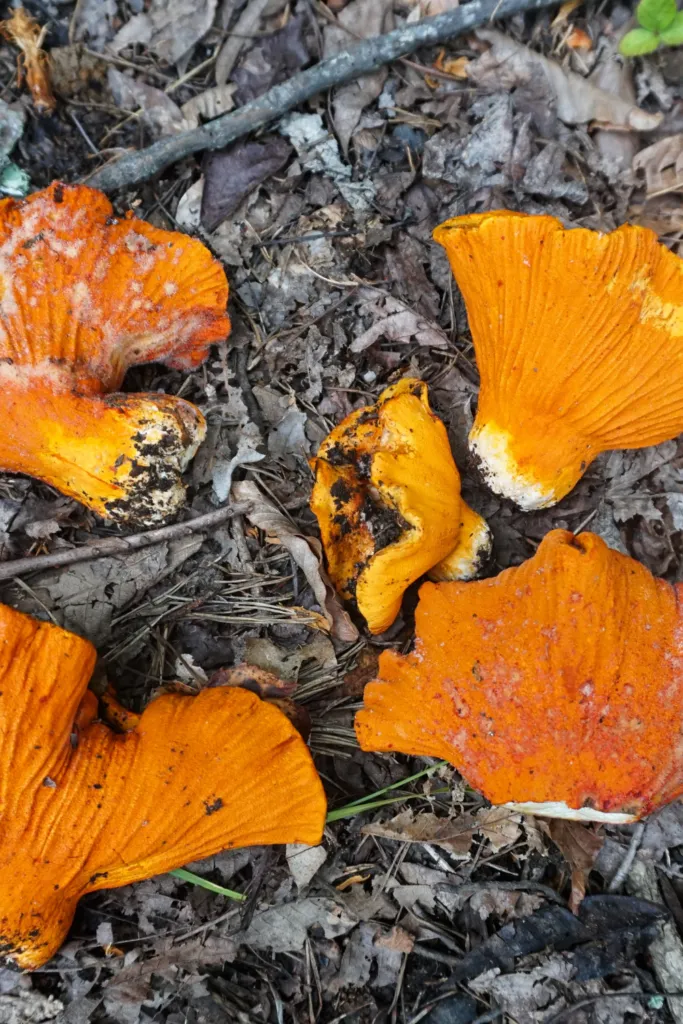Unveiling Nature’s Bounty: A Beginner’s Guide to Late Summer Foraging

As the vibrant hues of summer begin to fade, a hidden world of edible treasures awaits the keen forager. While the peak of summer might steal the spotlight, late summer offers a unique and bountiful foraging experience. Here at Robert Kline Art, we’re passionate about connecting with nature, and what better way than discovering the delicious gifts it offers?
This beginner’s guide delves into the art of late summer foraging, introducing you to some easily identifiable plants and mushrooms that grace the landscapes of the Northeast US. Remember, responsible foraging is paramount. Always be 100% certain of your identification before consuming anything from the wild, and consult reputable field guides or experienced foragers for guidance.
Let’s embark on this exciting journey of discovering nature’s pantry!
Late Summer Foraging: A Feast for the Senses
Beyond the joy of finding delicious wild edibles, late summer foraging offers a chance to connect with nature on a deeper level. It’s an opportunity to slow down, observe the subtle changes in the environment, and appreciate the intricate beauty of the natural world.
Edible Plants to Forage in Late Summer
Here are some easily identifiable plants to look out for:
1. Black Cherry (Prunus serotina)
 late summer foraging
late summer foraging
Black Cherry tree branch laden with ripe fruit
Often overlooked, the black cherry offers a burst of tart-sweet flavor.
How to Find: Look for a deciduous tree with dark, almost black bark marked by horizontal lines called lenticels. The leaves are long, glossy, and have finely toothed edges. White flowers give way to clusters of dark, juicy cherries.
How to Enjoy: Enjoy black cherries raw, or transform them into delectable jams, jellies, juices, and even fruit leather.
2. Chokecherry (Prunus virginiana)
 late summer foraging
late summer foraging
Close-up of chokecherries on a branch
Don’t let the name deter you; chokecherries are a versatile and delicious foraging find.
How to Find: Closely resembling black cherries, chokecherries have duller green leaves and denser clusters of fruit (8-20 berries).
How to Enjoy: Wait for the berries to ripen to a deep, almost black color for the best flavor. Chokecherry jelly and juice are popular choices, and some even use them to make a unique mead.
3. Elderberry (Sambucus spp.)

Elderberry bush with ripe berries
Elderberries are a forager’s favorite, known for their immune-boosting properties and rich flavor.
How to Find: Easily spotted in sunny, disturbed areas, elderberry shrubs have opposite, pinnate leaves with 5-9 leaflets. Creamy white flowers bloom in June, followed by clusters of dark purple to black berries.
How to Enjoy: Remember, elderberries must be cooked before consumption. They are widely used in syrups, jams, and even wines, particularly elderberry syrup, a traditional remedy for colds.
4. Autumn Olive (Elaeagnus umbellata)
 late summer foraging edible plants
late summer foraging edible plants
Autumn olive berries on a branch
Don’t be fooled by the name; these abundant berries are ripe for picking in late summer!
How to Find: Look for a deciduous shrub with silvery scales on the underside of its leaves. The small, round berries ripen to a vibrant red with silvery speckles.
How to Enjoy: Autumn olives are delicious eaten fresh off the bush. Their sweet-tart flavor also lends itself well to jams, jellies, and even as a unique substitute for tomatoes in certain recipes.
5. Staghorn Sumac (Rhus typhina)

Staghorn sumac in a field
While not a berry, staghorn sumac offers a tangy punch and a beautiful splash of color to the late summer landscape.
How to Find: Recognizable by their fuzzy, red clusters of fruit, staghorn sumacs are abundant shrubs in the eastern US.
How to Enjoy: Harvest the fruit clusters and dry them to create a tangy spice, perfect for adding a lemony zest to dishes. Steep them in cold water for a refreshing “sumac lemonade.”
Late Summer Mushroom Foraging: Treasures of the Forest Floor
Late summer is prime time for mushroom hunting. Remember to consult expert resources for proper identification before consuming any wild mushrooms.
1. Giant Puffball (Calvatia gigantea)
 late summer foraging edible plants
late summer foraging edible plants
Giant Puffball mushroom
These impressive mushrooms are hard to miss!
How to Find: Found in fields, forests, and trails, giant puffballs resemble large, white soccer balls and can grow up to 8-20 inches in diameter.
How to Enjoy: Harvest when the interior is uniformly white and firm. Slice, batter, and fry them like steaks or use them as a versatile meat substitute in various recipes.
2. Hen-of-the-Woods or Maitake (Grifola frondosa)
 late summer foraging
late summer foraging
Hen of the Woods mushrooms growing on a tree
Prized for its rich, savory flavor, hen-of-the-woods is a culinary delight.
How to Find: Look for clusters of grayish-brown, spoon-shaped caps with wavy edges growing at the base of oak and maple trees.
How to Enjoy: Maitake is excellent sauteed, stir-fried, or added to soups and stews.
3. Lobster Mushroom (Hypomyces lactifluorum)
 late summer foraging edible plants
late summer foraging edible plants
Lobster mushroom
Despite its unusual appearance, the lobster mushroom offers a surprisingly seafood-like flavor.
How to Find: Identifiable by their bright reddish-orange color and a shape resembling a lobster’s tail, these mushrooms are actually parasitic fungi that colonize other mushrooms.
How to Enjoy: Choose lobster mushrooms that are firm and have a mild, seafood-like aroma. Their dense texture makes them suitable for grilling, sauteing, or as a unique addition to seafood dishes.
A Final Note on Late Summer Foraging
“Late summer foraging offers a unique thrill,” says James Blackwood, a renowned foraging expert and author. “It’s a time when nature reveals hidden gems, and with a little knowledge and respect for the environment, anyone can enjoy the bounty.”
Foraging is a rewarding way to connect with nature and savor unique flavors. Remember to forage responsibly, only harvest what you need, and always prioritize proper identification. Happy foraging!
